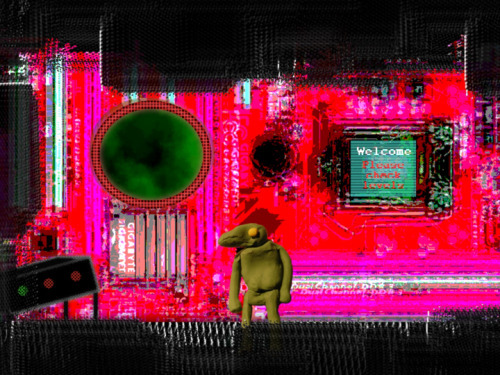

“Thus, his peculiar sort of materialism does not mark a certain discipline among the other various fields of his interest (reaching from aesthetics, language and literary critique to theology and politics) rather, his materialism forms a specific approach or methodology to these fields of study.” (Khatib 2010) If a sizeable chunk of so-called “Benjaminiana” cannot cope with the operationalisation of this specific, materialist methodology, it is because the latter literally blows up the limits of disciplinary categorizations, going at least one step beyond what is prevalent or admissible in any of them. Despite the numerous empty spaces in his unsystematic system, Benjamin’s materialism embraces both ontology and epistemology while containing a political program descending from a strong theological background (with a very specific, Marxist-Jewish understanding of theology). Although the eclectic collection of quotations invites one to pull something out for one’s own train of thoughts, the philosophical system of “The Arcades Project” remains coherent in spite of its cracks.
#Sluggish morss ad infinitum windows
Though utterly systematic and solid, works reconstructing the figure of flâneur or the form and content of nineteenth-century shop windows settle Benjamin into the armchair, deeply detested by him, of “scientific complacency” (Benjamin 1999: 865 ), from which the dialectical method should have offered escape.Ģ The core of this problem can be found itself in the form of “The Arcades Project”, which is at the same time fragmentary and comprehensive. In other cases, Benjamin is historicised and systematised as a theorist of architecture. The more praxis and empirically oriented the city researcher is, the more probable that the speculative character of Benjamin’s philosophy will either get lost or else end up as a mere theoretical appendix embellishing the empirical core. Alas, it is exactly because of the mosaic-like character of his work that its fragments becoming – ironically enough – nothing but ornaments on the body of some academic texts, decorating it just as art nouveau flora decorated the façade of bourgeois tenements.


A fascinating collection of quotations and philosophical insights into the modern metropolis, “The Arcades Project” is a unique archive, a ready-made research for those unwilling to plough through nineteenth-century monographs on iron constructions. Benjamin’s Magical Positivismġ Walter Benjamin’s position in the field of urban studies is both very special and – on different levels – very problematic. Walter Benjamin (quoting Rudolf Borchardt) I. “Pedagogic side of this undertaking: ‘To educate the image-making medium within us, raising it to a stereoscopic and dimensional seeing into the depths of historical shadows’.”


 0 kommentar(er)
0 kommentar(er)
